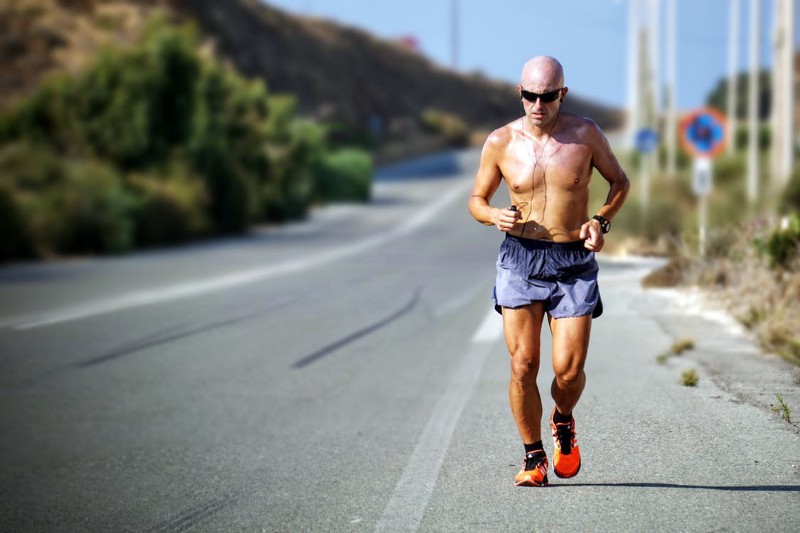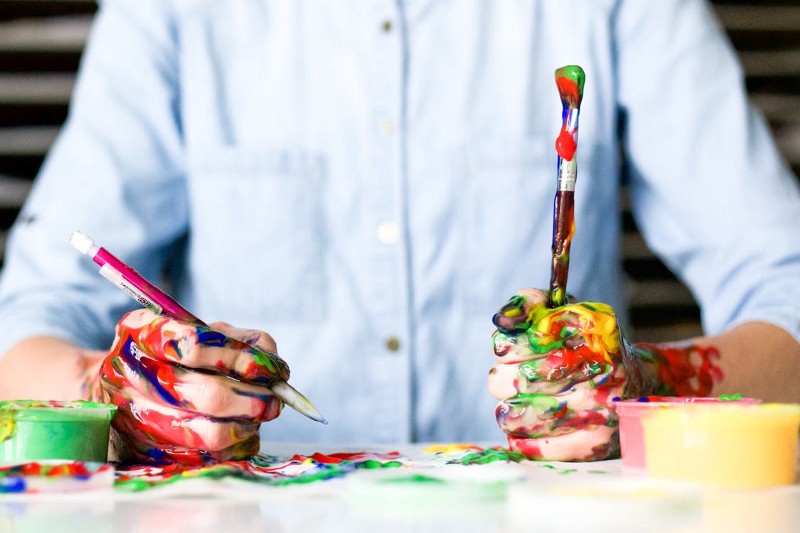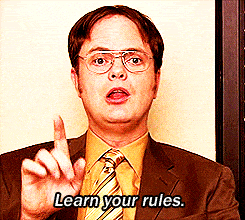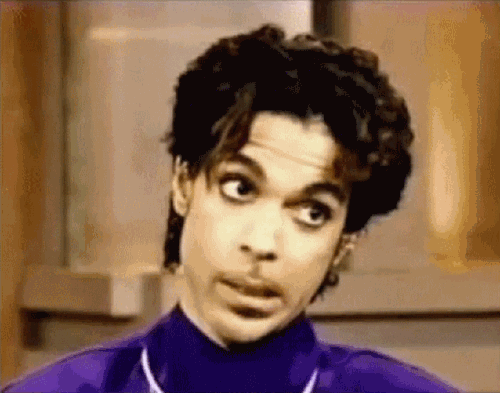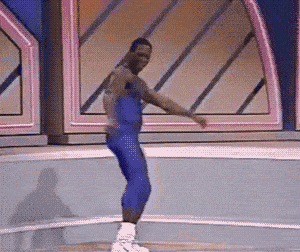Last Sunday one of our amazing Hello Sunday Morning members, Ruby, totally smashed the Blackmore’s Sydney Marathon. But I know many of us are thinking, “Gym? Who’s Jim?” And boy, do I know that sentiment. When it’s been so long since you’ve exercised, all fitness related terms begin to sound like a foreign language. But you’ve tried to hop back onto the exercise bandwagon. We’ve all tried. The thing is, the routine just doesn’t stick. Or at least it hasn’t, yet.
So how do you start and maintain an exercise routine? We have some ideas.
How to start and maintain an exercise routine
Prepare

Although it can be tempting to write this off as no big deal, starting a fitness routine can be a genuinely tough task. In fact, it doesn’t hurt to talk to your Doctor about your plan to start exercising, especially if you haven’t exercised in a while and/or have other health concerns. If that’s not for you, jump ahead and start making yourself a fitness plan.
One of the biggest mistakes that we make is not setting appropriate goals when we plan our exercise routines. Have you heard of the SMART criteria for how to create good goals? What this means in terms of exercise goals is that they need to be targeted, show measurable progress, and be realistic.
The key word here is realistic. Many of us jump the gun when creating these sorts of goals. Expecting yourself to run five kilometres every day, right off the bat, is a great ambition –– but not a realistic goal. So take it easy and ditch the all-or-nothing frame of mind. Your body and mind will thank you for it.
Everyone’s realistic goal will look different. Maybe when you’re a week in, the plan is to go for a run three times a week. At this stage, your indicator of success may simply be: did you get out the door? You might’ve walked the whole way, but as long as you got out of the house when you intended to, you checked off the box.
Further down the track, when you’re more comfortable with your three-day-a-week walk/run, you might set the intention to run for 30 minutes on each occasion without taking a break. Maybe you could start adding other activities to your routine, like resistance training. Perhaps throw in a longer run on the occasional Sunday. Soon enough it will be like brushing your teeth – a healthy habit.
Mix it up and see what works

Try different activities
Usually, when we think of the word ‘exercise’, we imagine either toned people cheerfully running in the sunshine, or Schwarzenegger’s figure pumping iron at the gym.
But you’ll be happy to hear that there are so many other activities that count as exercise. Rock climbing, Zumba, yoga, team sport, parkour, dancing – the list goes on (and on, and on …).
You could even try one of those workout plans that everyone’s always raving about at the water cooler. Typically these provide you with an interesting and specific exercise routine, access to a community of fellow exercise-ees, and sometimes even a nutrition plan. Kayla Itsines, we’re looking at you.
Try exercising at different times of the day
Morning workouts
Some people try exercising in the morning and it becomes their everything. And it’s true: this is a great way to start the day, giving you the energy and headspace you need to kickstart your morning.
Here are a few tips if you’re planning on giving the morning workout a go:
- Lay out your workout clothes the night before;
- Plan the workout you’ll be doing. If you’re going to a class in the morning, book it in. If you’re doing your own thing, maybe consider roping a friend along to hold you accountable;
- Set an alarm: don’t snooze. As soon as the alarm goes off, that’s it. No second guessing. You’re up. Dressed. Out the door.
P.S. a secondary tip here: keep your alarm away from your bed so you actually have to get up to turn it off.
- If you’re anything like me, with a tendency to remain half-asleep for at least an hour after rousing, consider writing yourself a morning to-do list. Brush teeth, water plants, drink coffee. check, check, check.
Evening workouts
For those of you who groan at just the thought of waking up to see the sun rise, there is always the trusty old evening workout. This is actually an excellent way to de-stress at the end of the day. Plus, there is the obvious benefit of getting to snooze a little longer in the morning. Pack your exercise gear with you when you leave in the morning for work. The key thing to remember here is that if you go home before exercising, you’ll probably just end up eating a snack on the couch. (It’s okay, we’ve all been there!) Again, classes are a great idea in the evenings.
It all just depends on how you roll.
You’ll figure out what exercise time is best for you.
Try exercising both alone and with others
Solo work-outs mean you get time and space for yourself. It means that you can work at the level that best suits you and really absorb yourself in the exercise task.
On the other hand, exercising with others also has its benefits. Primarily, you’re held accountable for turning up. If you’ve promised your mates you’ll turn up on Sunday morning for a doubles tennis match––unless you want to be “that guy”––you know you’re going to go.
Eliminate excuses

If you’re serious about this, eliminating excuses should become your priority.
At least at first. Once exercise is a part of your routine, you can begin to work your life around your fitness schedule.
But the biggest excuse we tend to pull out of our back pockets is time. The thing to remember is,no one has time to exercise. Not even those people who do exercise regularly. You have to make time to exercise.
Plus, there is evidence to suggest that if you exercise in the right way, you might not even need to invest much time at all.
Other excuses might include:
“I don’t have access to a gym,” to which we say, there are plenty of workouts you can do outside of a gym.
“I don’t have a babysitter,” in which case we suggest ways to get fit with kids in tow.
Even, “I actually just hate exercise” simply means talk therapy might help.
The list of exercise excuses is neverending. But if you look hard enough there’s a reasonable counterpoint to each one of them. Eliminate excuses and you’re halfway there.
You don’t need to become an Exercise Person

You definitely know who I am talking about when I describe Exercise People. These people are persistently posting health food and fitness photos on Instagram, and invariably touting activewear at all times, even when they’re not actually exercising.
But, really, you don’t need to become an Exercise Person (i.e. change everything about yourself) when you begin to exercise regularly. Just because you brush your teeth every day doesn’t mean you’re “super into dental hygiene,” although that’s probably a good thing if you happen to be. Think of exercise in this way: it’s just another part of your average day.
Get to it

Our final piece of advice? Frankly, now’s the time to just stop thinking and start exercising. So hop–step into your sneakers and grab some H20 on your way out the door, because it is time to get physical! Don’t forget to applaud yourself for every workout. And voilà! You’re on your way to starting and maintaining an exercise routine.


